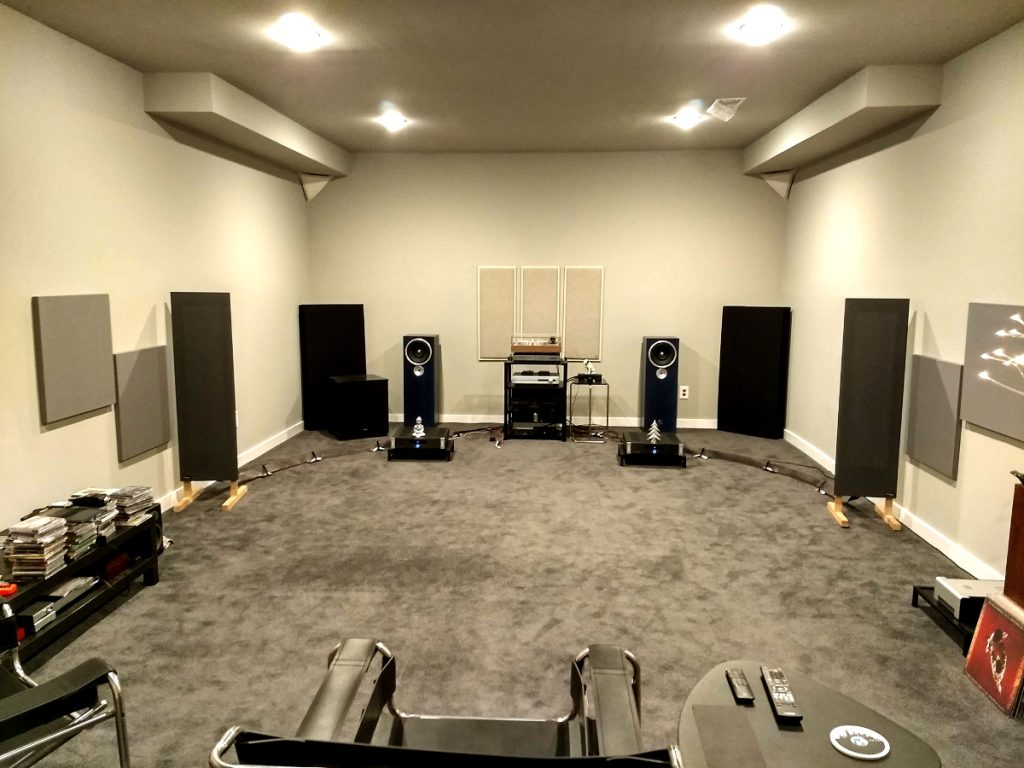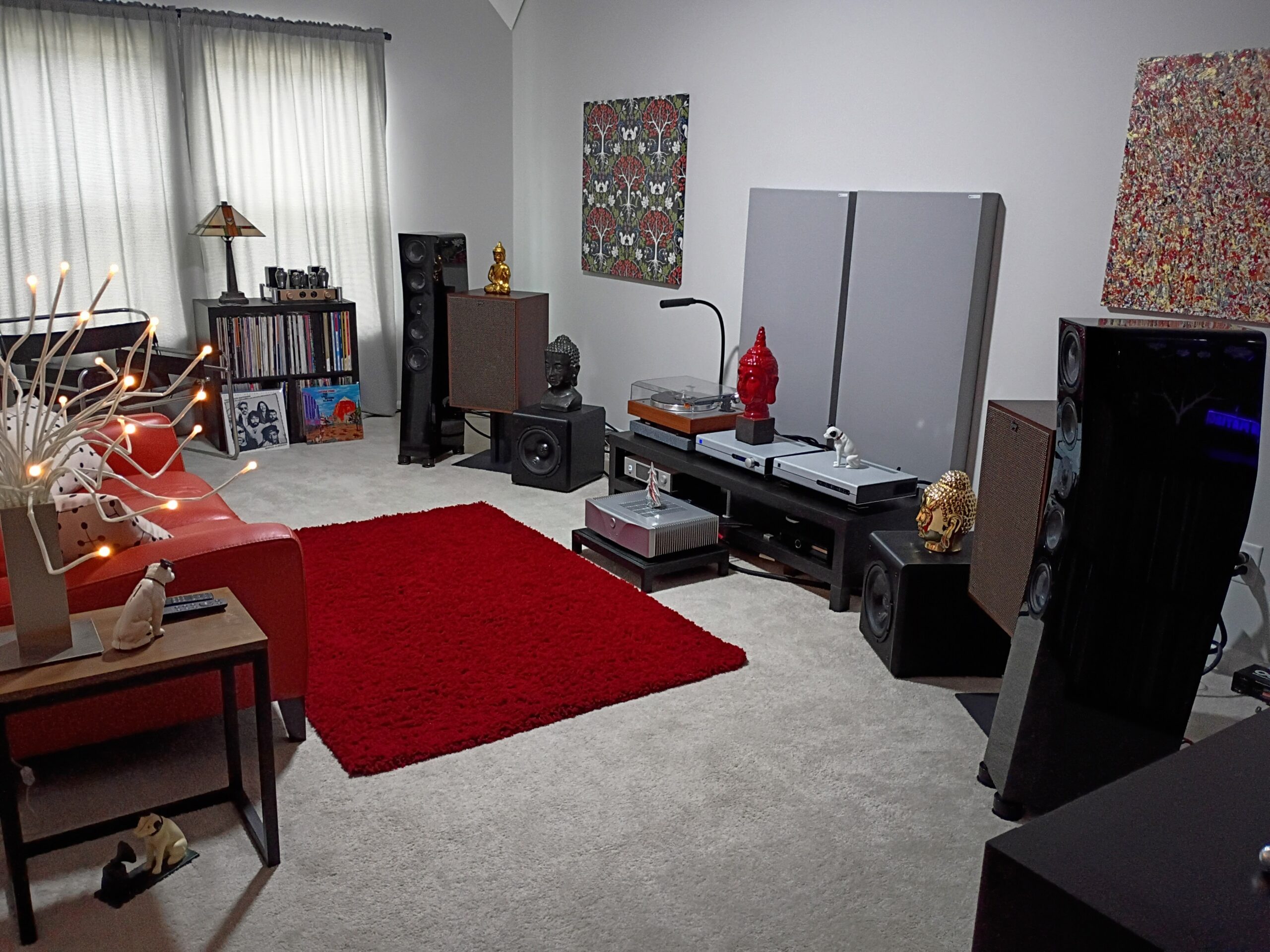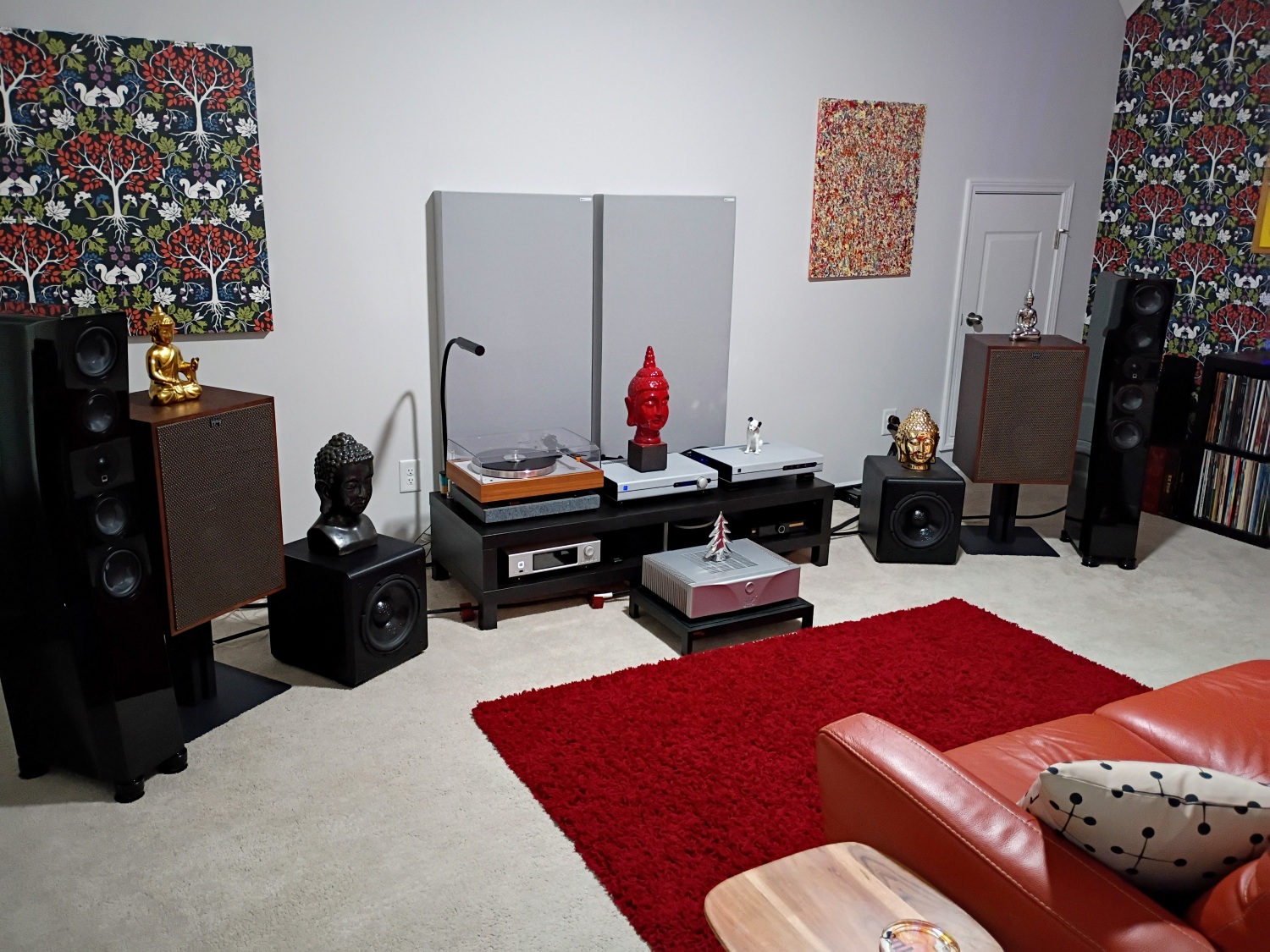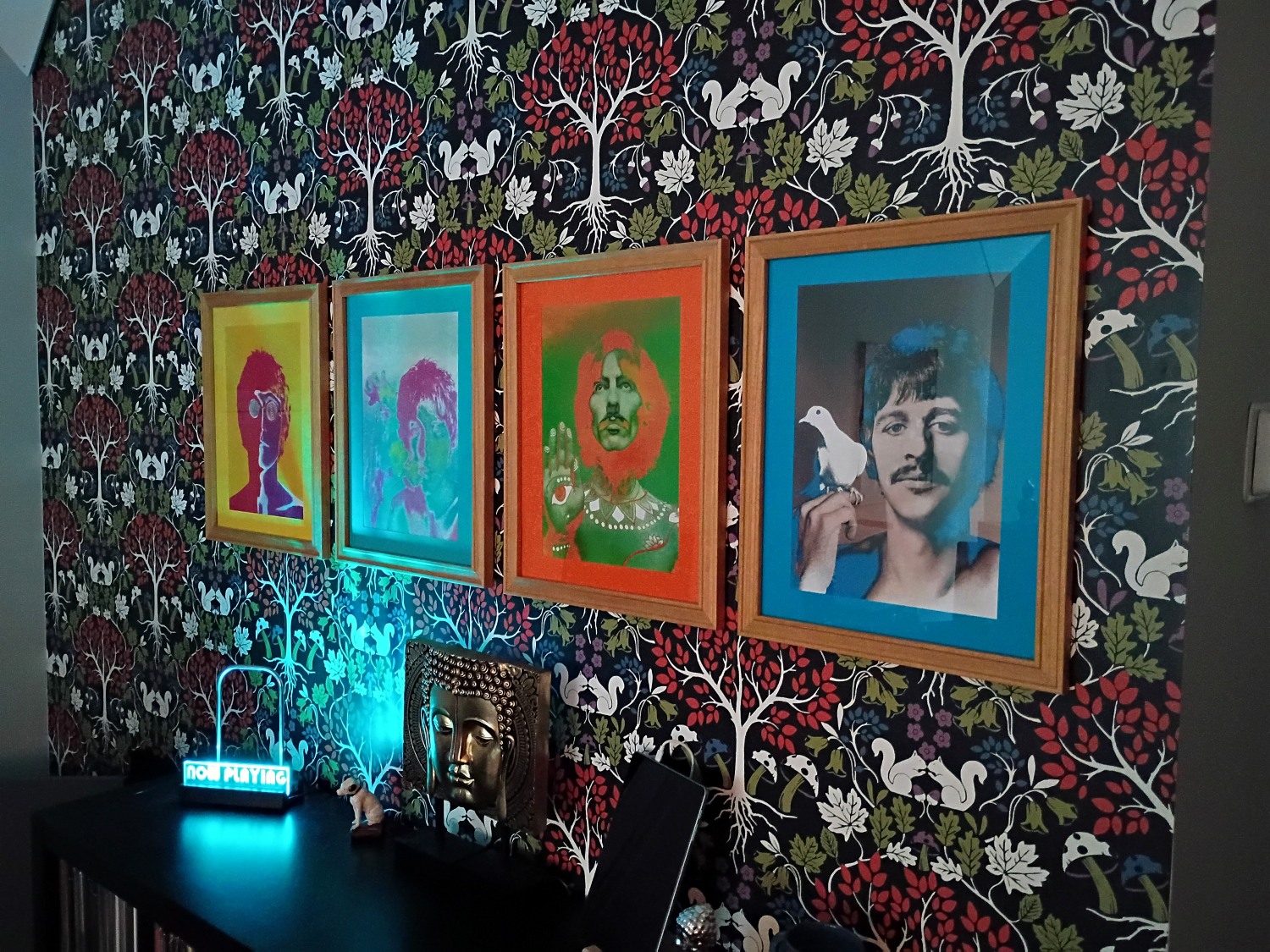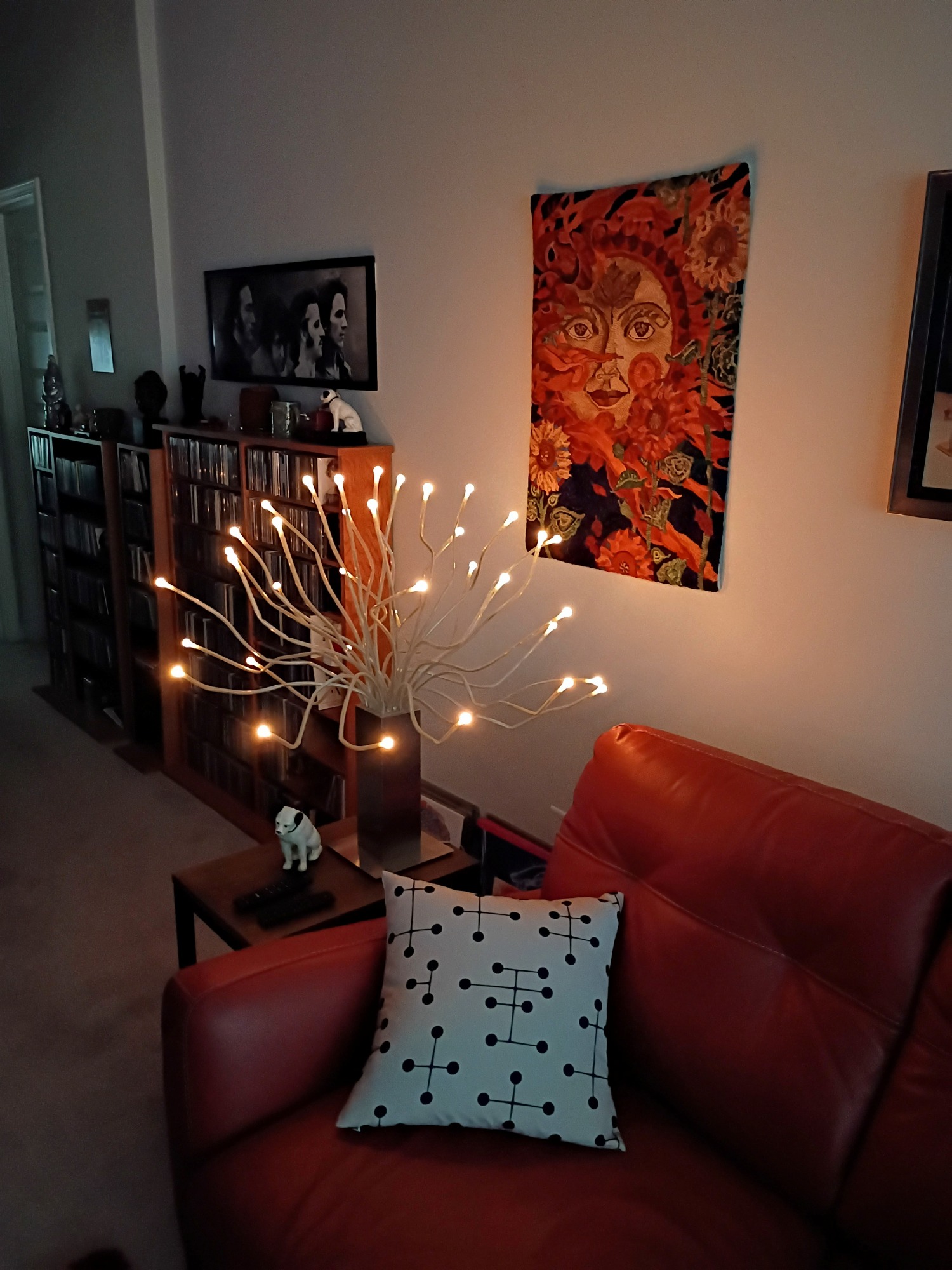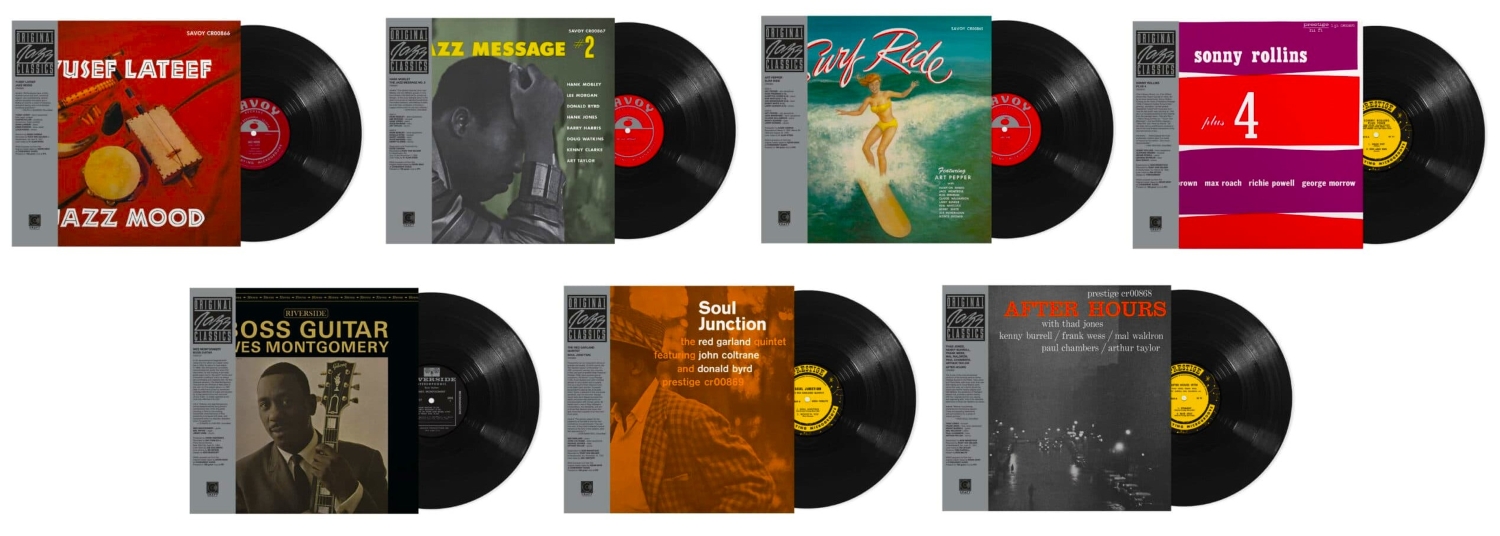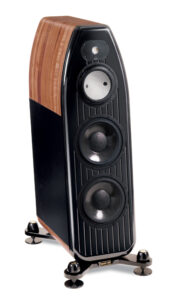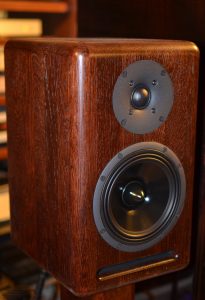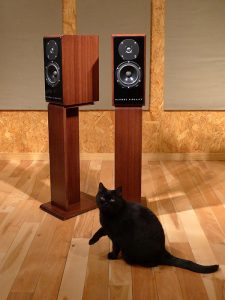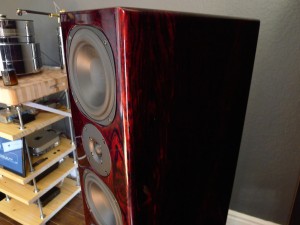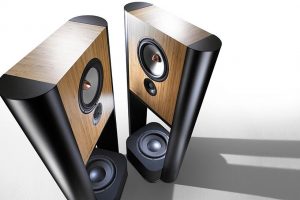The new Magneplanar LRS Loudspeakers are touted by Magnepan in very much the same way as the MMGs were for years: the most inexpensive way you can get a taste of Magnepan's high-end offerings. I can't argue with that; at $650 per pair, they're a remarkable bargain—there's nothing else out there close to the price that will allow you to experience true audiophile quality sound. But having owned six pairs of Maggies over a thirty year period, this is where I have to veer away from the party line with regard to everything else you might read or hear about them.
You can place them just about anywhere in the room, and you'll get a taste of that distinctive Maggie sound; if most of your frame of reference is with traditional cone and box-construction speakers, they're like nothing you've ever heard before. You see lots of pictures online (and on Magnepan's website) showing them a few feet from the rear wall, and a couple of feet from the side walls. But if you want to hear absolute audiophile level sound, they require very specific placement; placement that many may either be reluctant to try—or quite possibly might not have the necessary room geometry or square footage needed to achieve correct results. Despite having Magneplanars in my home system on-and-off for many years, it's been about five years since they were in my day-to-day listening setup. And it took a couple of months of playing about with the LRS loudspeakers before I reached what I consider optimum setup.
Right out of the gate let's talk about amplifier power. You can't power any Maggie—not even the LRS—with cheap mid-fi junk, so don't even think about trying to connect them to a receiver or integrated amp. You'll either 1) blow the speaker fuses with regularity, or 2) drive your amplification source into thermal overload, quite possibly killing the amp in the process. Don't scoff, it's happened to me several times in the past, trust me—this is sage advice. If you want to even think about hearing anything approaching the LRS' (or any Maggie, for that matter) audiophile potential, you need lots of watts, preferably hundreds and hundreds of them. As I noted in my LRS review recently (you can read about that HERE), my old MMGs could take four-hundred-plus watts without batting an eyelash, and that was just slightly above normal listening levels. Do yourself a favor; if you want to seriously consider the Maggie experience, get a big amp!
Hearing what these remarkable loudspeakers are truly capable of also requires the ability to try challenging and unorthodox room placement options. In order for them to really sing (and I mean really sing), they need to be at least six feet away from the rear wall; my LRS pair is eight feet out into the room. And here's the next big challenge for most people: try and place them as close to the side walls as humanly possible; mine are about three inches from the edge of the frame to the side wall. The tweeters should be to the outside, and I know this goes against any kind of conventional thought process for loudspeaker setup. The Maggies are about as unconventional as it gets, so you need to think outside the box here. Toe them in very slightly.
My room measures 16 x 26.5 x 9, so the LRS' are about one-third of the way into the room from the rear wall, and my listening position is triangulated to the middle of the distance between the speakers. So the optimal listening position forms an almost perfect equilateral triangle with the speaker position. I know this is less than optimal for a lot of listening environments; I'm speaking mainly to manic obsessive types here who are mainly concerned with achieving "holy grail" type listening experiences. All others need not apply.
There are notable challenges with this approach. 1) Magneplanars inherently have a limited "sweet spot." And regardless of how well they may image even when set up sub-optimally—you, in your properly placed listening chair—will be the only one in the room who experiences the full benefit of the improved imaging. I've noticed that groups of people standing at the far end of the room tend to get most of the benefit, as well. 2) Placing the loudspeakers in this manner can present somewhat of a challenge for some folks in terms of cabling. My MG Audio Planus II speaker cables are eight-foot pairs, so I still have to pull my mono amps on their stands about three feet into the room away from the rear wall to allow for easy connection with the amps. And my balanced interconnects are two-meter pairs that are needed to reach my preamp on my equipment rack. A lot of folks won't be able to immediately accommodate this kind of setup, which flies in the face of most traditional setup methodologies.
Another point of consideration: Maggies, especially the new LRS, tend to innately have a slightly "bright" house sound. That's perfectly fine, but I'd try and stay away from using the supplied resistors to tame any perceived brightness. Try adjusting placement somewhat, and Maggies tend to perform better in well-damped rooms with carpeting and some form of wall treatments; I use a mixture of ASC and Corning wall treatments placed at first-reflection points and they seem to do the trick just fine.
So how's the sound? For example, if you're a fan like I am of fifties and sixties classic jazz sessions, from your listening chair, you're now listening to Bill Evans or Miles or Coltrane—right from Rudy Van Gelder's living room! Well recorded music of any sort or vintage will now place you squarely within the recording venue; the effect is absolutely astonishing. Fritz Reiner and the CSO will be playing to you from Chicago's Symphony Hall—third row, front and center. Vocalists and pianos are placed perfectly in the soundstage; it's quite nearly mesmerizing!
This setup doesn't work perfectly for everything; older recordings that tend to be very left-right will be, well, extremely left-right. And there's always the occasional recording that just sounds less than perfect. Certain piano recordings tend to offer a 16-foot wide piano perspective. But for the vast majority of my listening, this setup delivers absolutely stunning results with everything from Deep Purple and Sabbath to Depeche Mode and the Netherlands Radio Philharmonic Orchestra. All painted on my room's rear wall in a remarkable three-dimensional recreation of the recorded acoustic. If you have the space and the inclination, it's well worth the trial and effort.
Magneplanar LRS (Little Ribbon Speaker)
Retail: $650/pair
Magnepan
All images by the author




